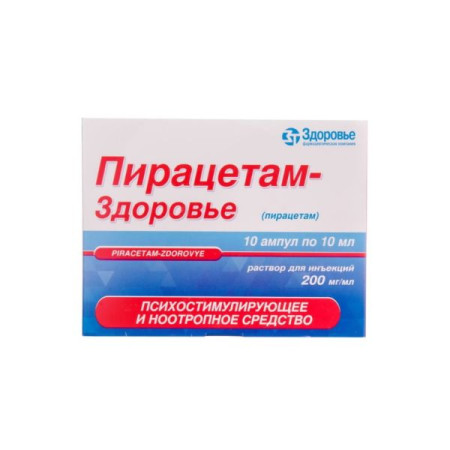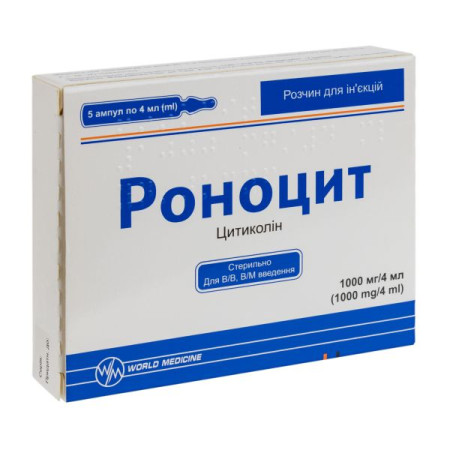Enoxaparin-Pharmex solution for injection 10,000 anti-Xa IU/1ml multidose vial 3 ml No. 1

Enoxaparin-Pharmex injection solution is indicated for use in adults:
for the prevention of venous thromboembolic complications in surgical patients at moderate and high risk, especially in patients undergoing orthopedic or general surgical interventions, including surgical interventions for oncological diseases; for the prevention of venous thromboembolic complications in therapeutic patients with acute diseases (such as acute heart failure, respiratory failure, severe infections or rheumatic diseases) and reduced mobility, who are at increased risk of venous thromboembolism; for the treatment of deep vein thrombosis (DVT) and pulmonary embolism (PE), except in cases of PE, which may require thrombolytic therapy or surgery; for the prevention of thrombus formation in the extracorporeal circulation during hemodialysis; in acute coronary syndrome: for the treatment of unstable angina and non-ST segment elevation myocardial infarction (NSTEMI), in combination with oral acetylsalicylic acid; for the treatment of acute ST segment elevation myocardial infarction (STEMI), including in patients who are scheduled for medical treatment or subsequent percutaneous coronary intervention (PCI).Composition
Active ingredient: enoxaparin;
1 ml 10,000 anti-Xa IU, equivalent to 100 mg of enoxaparin sodium;
Excipients: benzyl alcohol, water for injections.
Contraindication
Enoxaparin sodium is contraindicated for use in patients with the following conditions:
Hypersensitivity to enoxaparin sodium, heparin or its derivatives, including other LMWH; history of immune-mediated heparin thrombocytopenia (HIT) within the last 100 days in the presence of circulating antibodies; active clinically significant bleeding and conditions with a high risk of bleeding, including recent hemorrhagic stroke, gastrointestinal ulcer, the presence of a malignant neoplasm with a high risk of bleeding, recent surgery on the brain, spinal cord or eyes, known or suspected esophageal varices, arteriovenous malformations, vascular aneurysms or serious malformations of the intraspinal or intracerebral vessels; spinal or epidural anesthesia or locoregional anesthesia, if enoxaparin sodium was used for treatment within the previous 24 hours.Method of application
The route of administration is subcutaneous (except for patients with ST-segment elevation myocardial infarction who require intravenous bolus administration).
Recommended for use by adults.
The drug should not be administered intramuscularly.
1 ml of solution for injection is equivalent to approximately 10,000 anti-Xa IU of enoxaparin.
Application features
Pregnant women
Enoxaparin sodium should be prescribed to pregnant women only if the doctor determines a clear need for such treatment.
Children
Contraindicated.
Drivers
The effect of enoxaparin sodium on the ability to drive vehicles and operate other mechanisms is absent or insignificant.
Overdose
Symptoms: Accidental overdose of enoxaparin sodium as a result of intravenous, extracorporeal or subcutaneous administration may lead to hemorrhagic complications. After taking even fairly high doses, absorption of enoxaparin sodium is unlikely.
Treatment. The anticoagulant effects of the drug can be largely neutralized by slow intravenous administration of protamine. The dose of protamine depends on the dose of enoxaparin sodium administered:
1 mg of protamine will neutralize the anticoagulant effect of 100 IU (1 mg) of enoxaparin sodium if enoxaparin sodium has been administered within the previous 8 hours. Protamine infusion at a dose of 0.5 mg for every 100 IU (1 mg) of enoxaparin sodium may be used if enoxaparin sodium has been administered more than 8 hours before protamine administration or if a second dose of protamine is considered necessary. Protamine may not be necessary 12 hours after enoxaparin sodium administration.However, even with the use of high doses of protamine, the anti-Xa activity of enoxaparin sodium is never completely neutralized (maximum by approximately 60%) (see Instructions for Use of Protamine Salts).
Side effects
In clinical trials, the most frequently reported adverse reactions were haemorrhagic events, thrombocytopenia and thrombocytosis.
Interaction
Subcutaneous injection - do not mix with other medications.
Storage conditions
Store in the original packaging at a temperature not exceeding 25 °C. Do not freeze.
Keep out of reach of children.
Shelf life - 2 years.
There are no reviews for this product.
There are no reviews for this product, be the first to leave your review.
No questions about this product, be the first and ask your question.







